- Cast sterling silver, hammered, chiseled
- Namur (Belgium), 1752
- Master silversmith: Jean Petitjean (master silversmith from 1712, still registered in 1752)
- Diameter (foot): 6.7 cm, Height: 15.4 cm; Weight: 283g
- Origin: coll. particular
- Very good condition, beautiful patina
- The mustard pot rests on a pedestal in ogee cone. The lower part of the body delimited by a threaded rod is decorated with lanceolate appliques alternating with appliques in lambrequins on a matte background, at the base, between each applique is engraved a ribbed acanthus leaf; the concave and plain upper part is embroidered with a threaded molding, lined with a chiseled amati frieze of bent rushes embellished with bells alternating with fleurons. The lid is in double ogee surmounted by a fretel in threaded ball. The thumb rest is volute in winding, the handle in half ring in double volute. - Baluster shape of a mustard plant found at the beginning of the 18th century in Paris, such as that of Jean Adnet preserved in the Metropolitan Museum of New York (Inv. 48.187.90) and which was a great success in the north of France and in Belgium, from Lille, Bergues, Valenciennes, Dunkirk to Liège and Namur…and this, until 1761 with Martin du Moulin's mustard maker in Bergues (Met Inv. 48.187.89).
- Jean Petitjean, is a goldsmith from Namur, of whom a certain number of works are preserved: a baluster powder sugar bowl, Sotheby's sale of May 24, 1993, n°133; a pair of salt cellars in the collections of the Château de Laarne [2, n°106]; a pair of Regency candlesticks and a stoup kept in the collections of the Hôtel de Groesbeeck-de Croix in Namur, a tisanière in the Seneffe Museum [3, p.54]
- Hallmarks (under the moulding): Recognition: Lion surmounted by double Burgundy lighter, Namur, after 1750 [3, p.17]; Warden's mark: 52 crowned with an imperial crown, Namur, 1752 [3, p.17]; master silversmith: I,P,I with two crowned points of reference, Jean Petitjean, master silversmith in Namur from 1712 to at least 1752 [3, p.53 & 1 p.292]; For the control of the silver title: streaks inside the foot and inside the body at the level of the border. Following the hallmarking reform of the Austrian Netherlands of the ordinance of September 19, 1749, goldsmith's pieces bear a recognition hallmark, a crowned year and a master silversmith's hallmark.
- Ref. : [1] Poskin & Stokart: “Orfèvres namurois”, Archaeological Society of Namur, Namur, 1982; [2] Van Damme & Van Dreissche: “Inventaris van de zilvercollectie in het Kasteel van Laarne”, Château de Laarne, Gent, 2009; [3] Van Dietvoet, Walter: “Les orfèvres de lancien régime au poinçon de Namur” Peeters, Louvain, 2020.


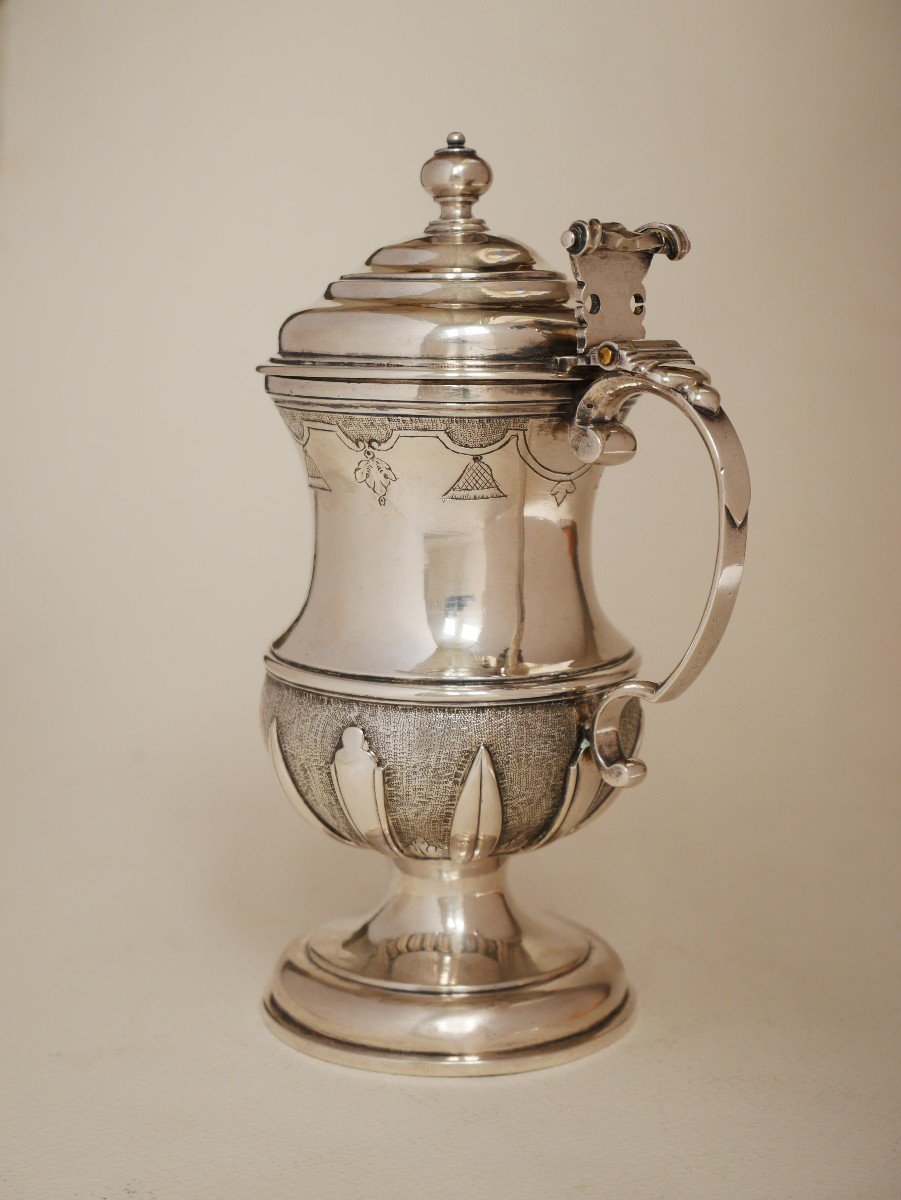
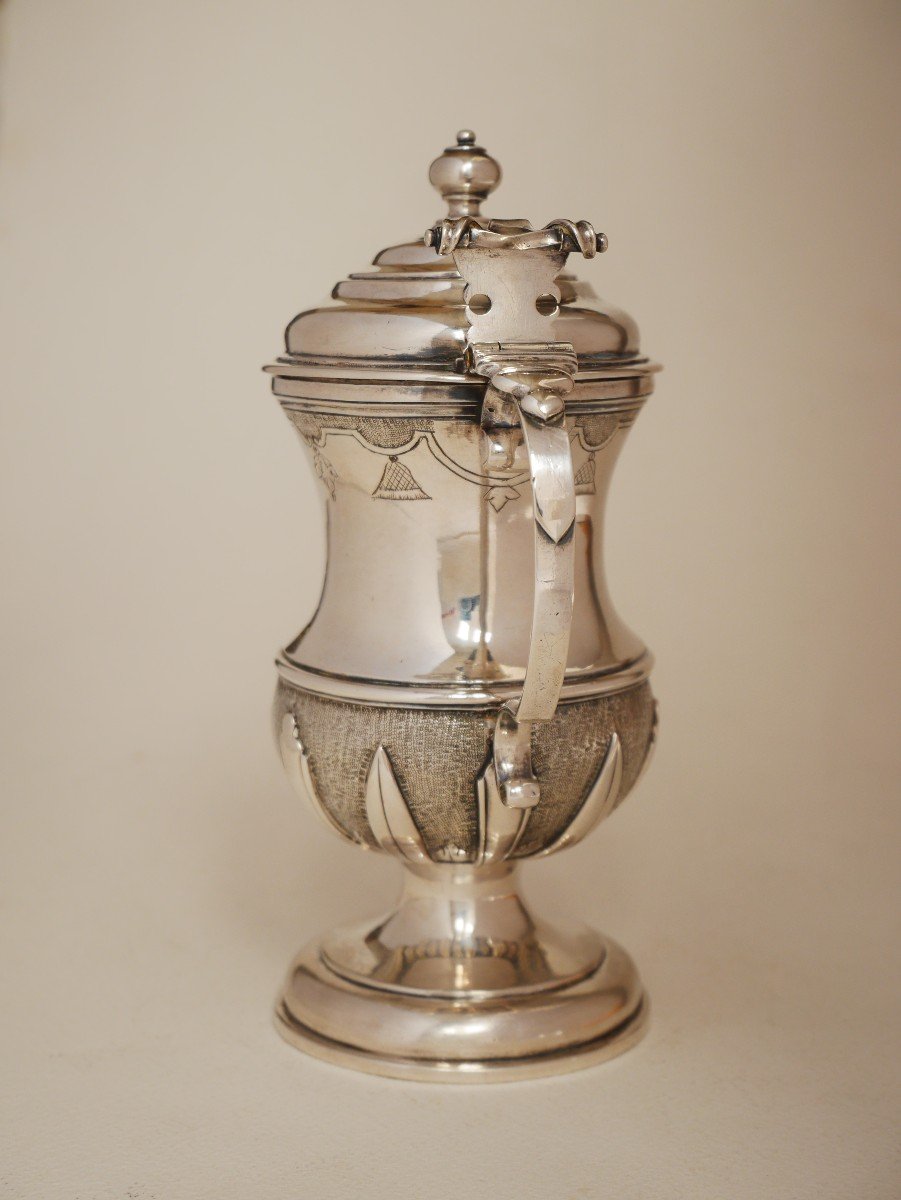

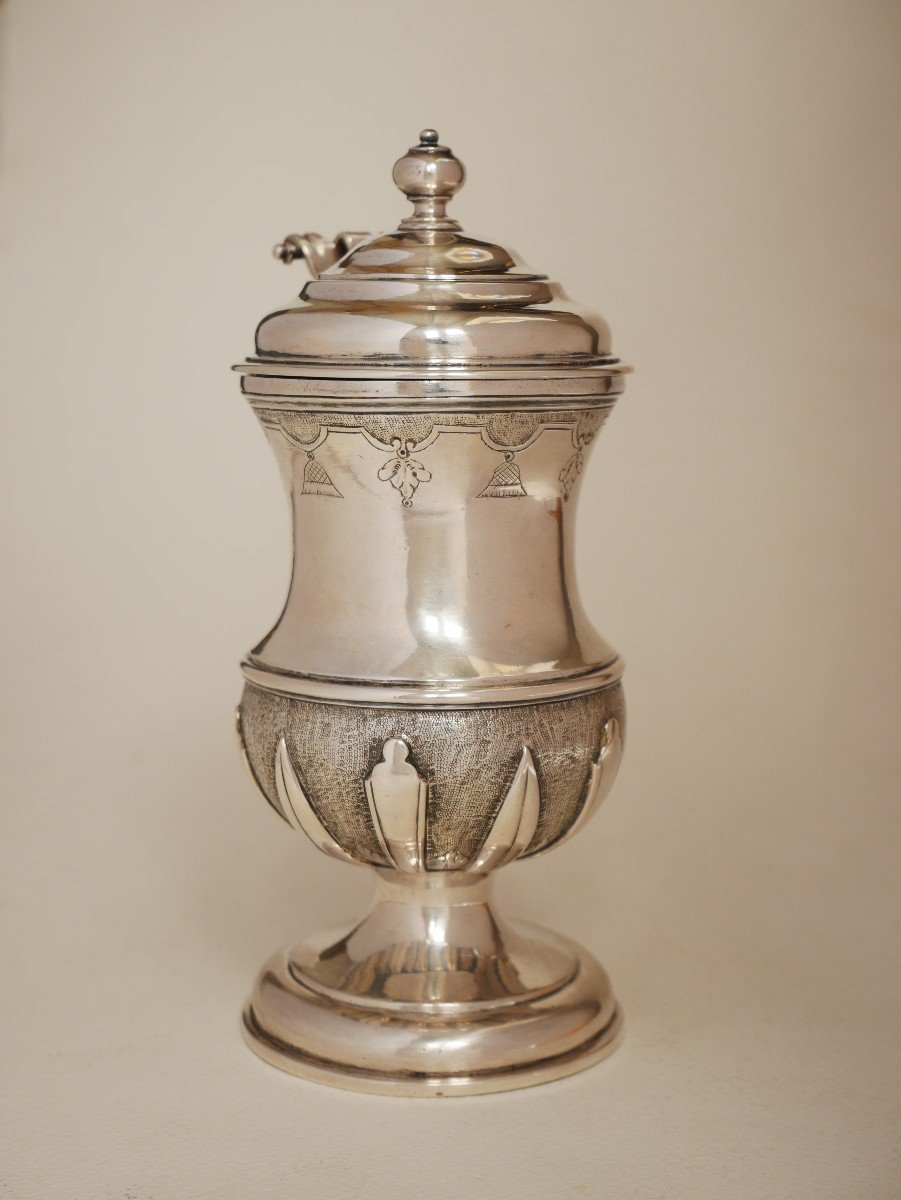

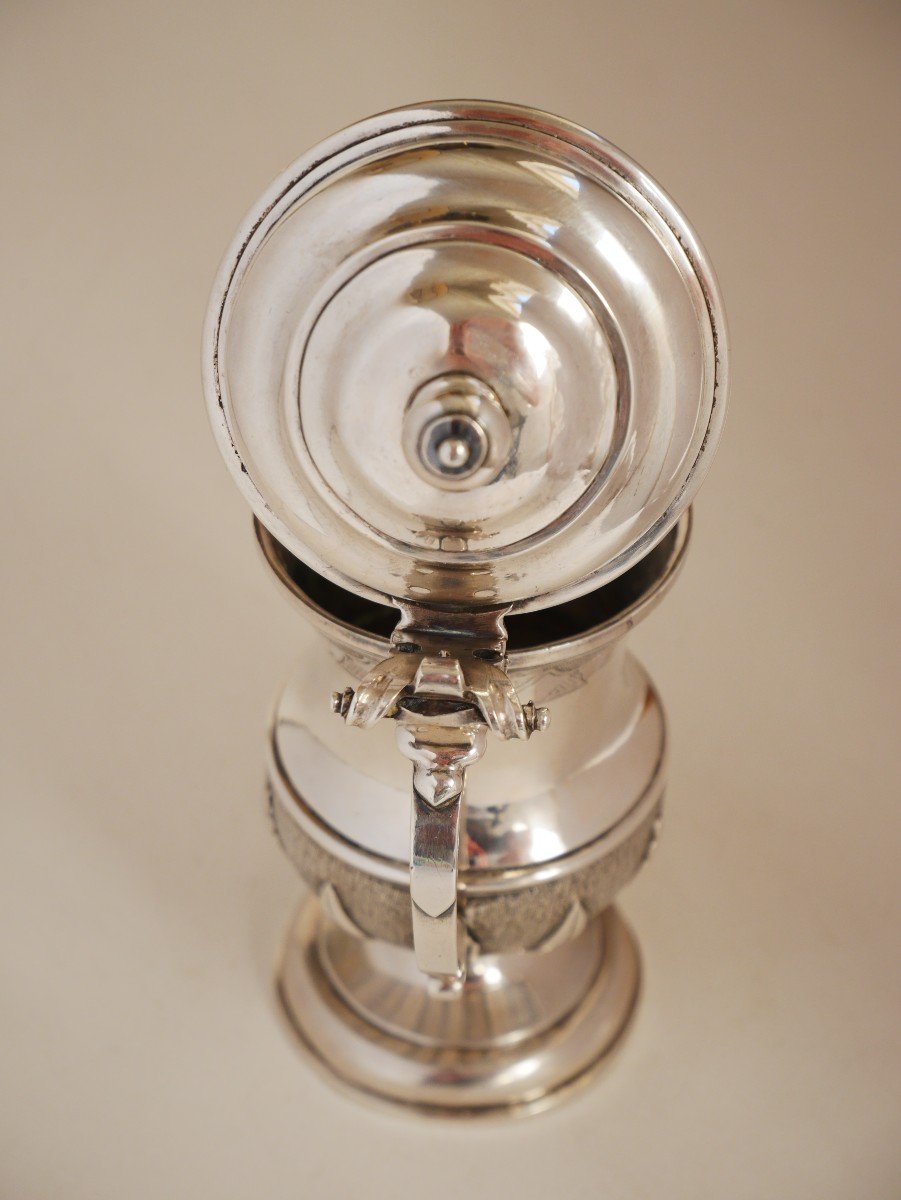
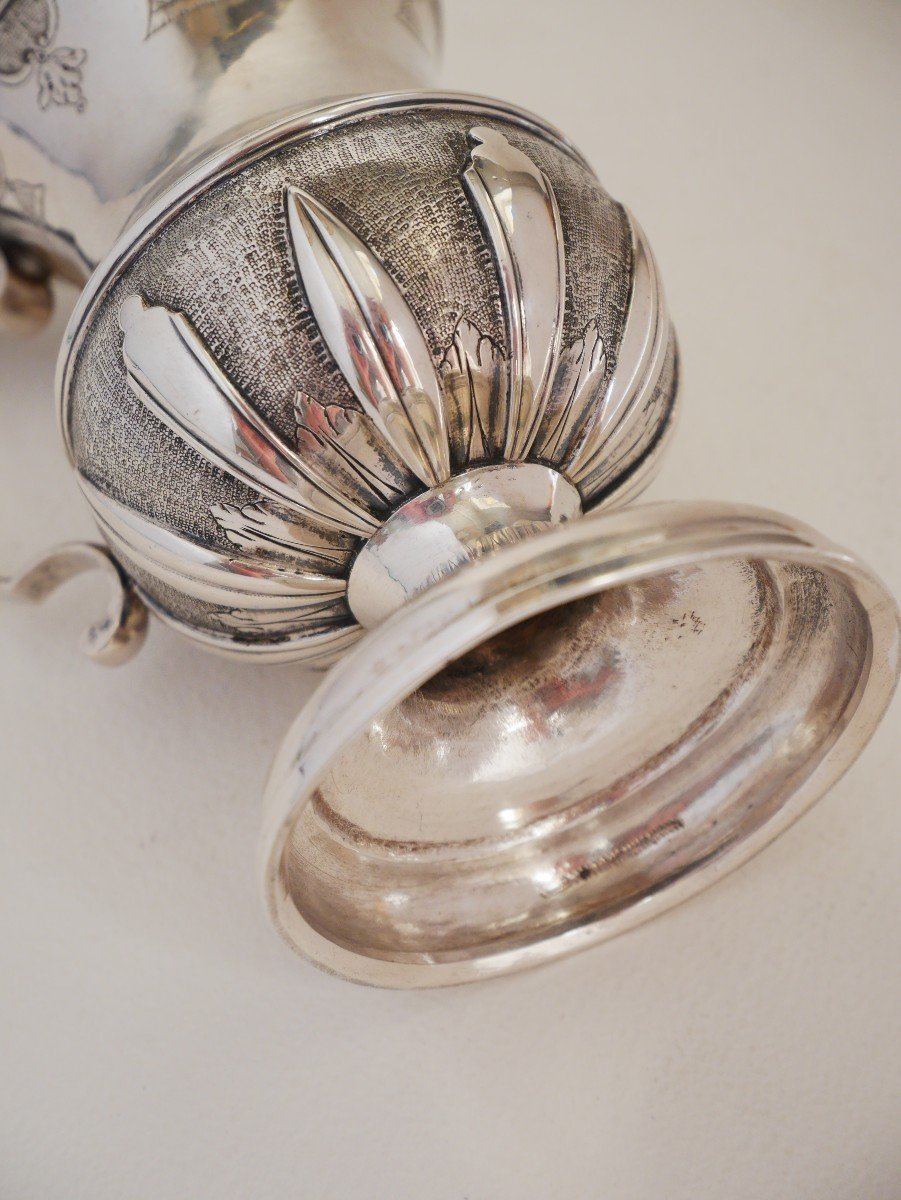
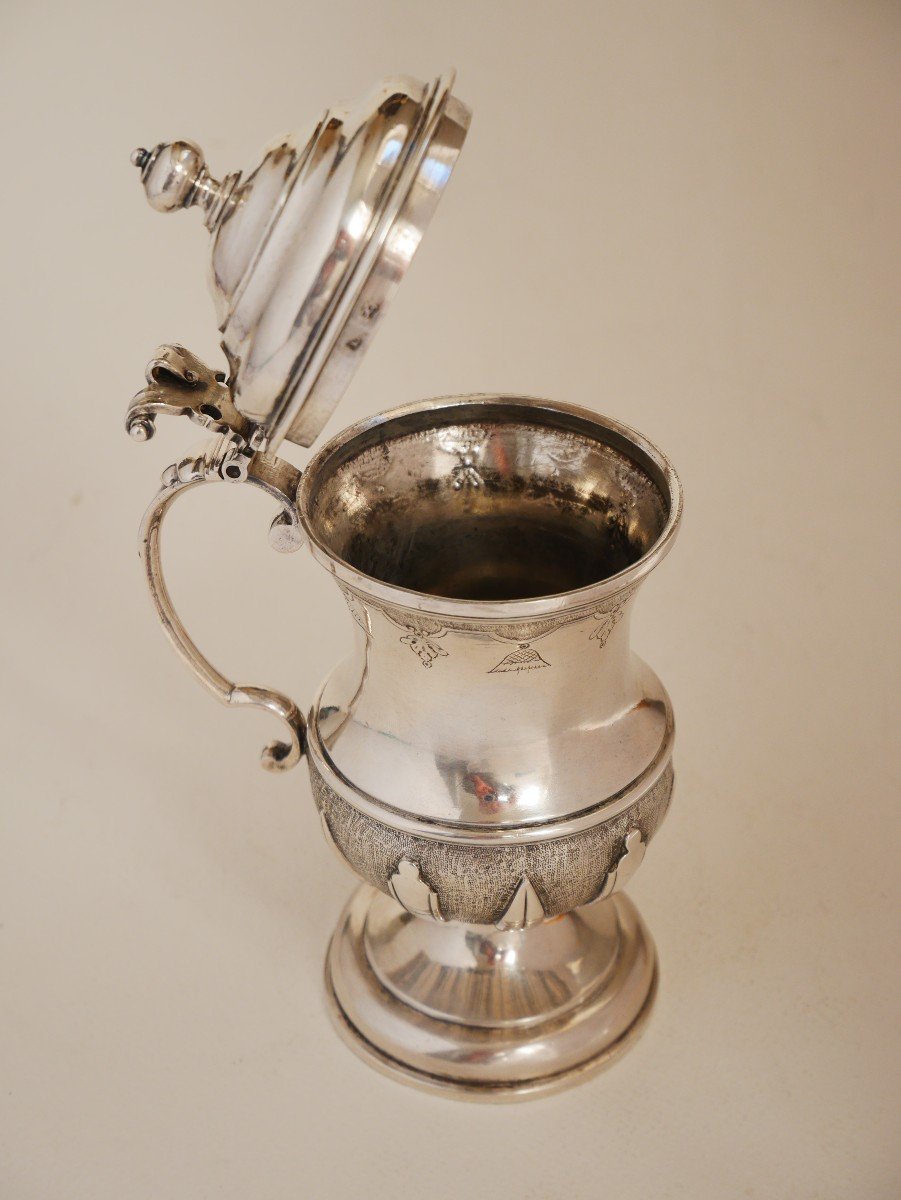

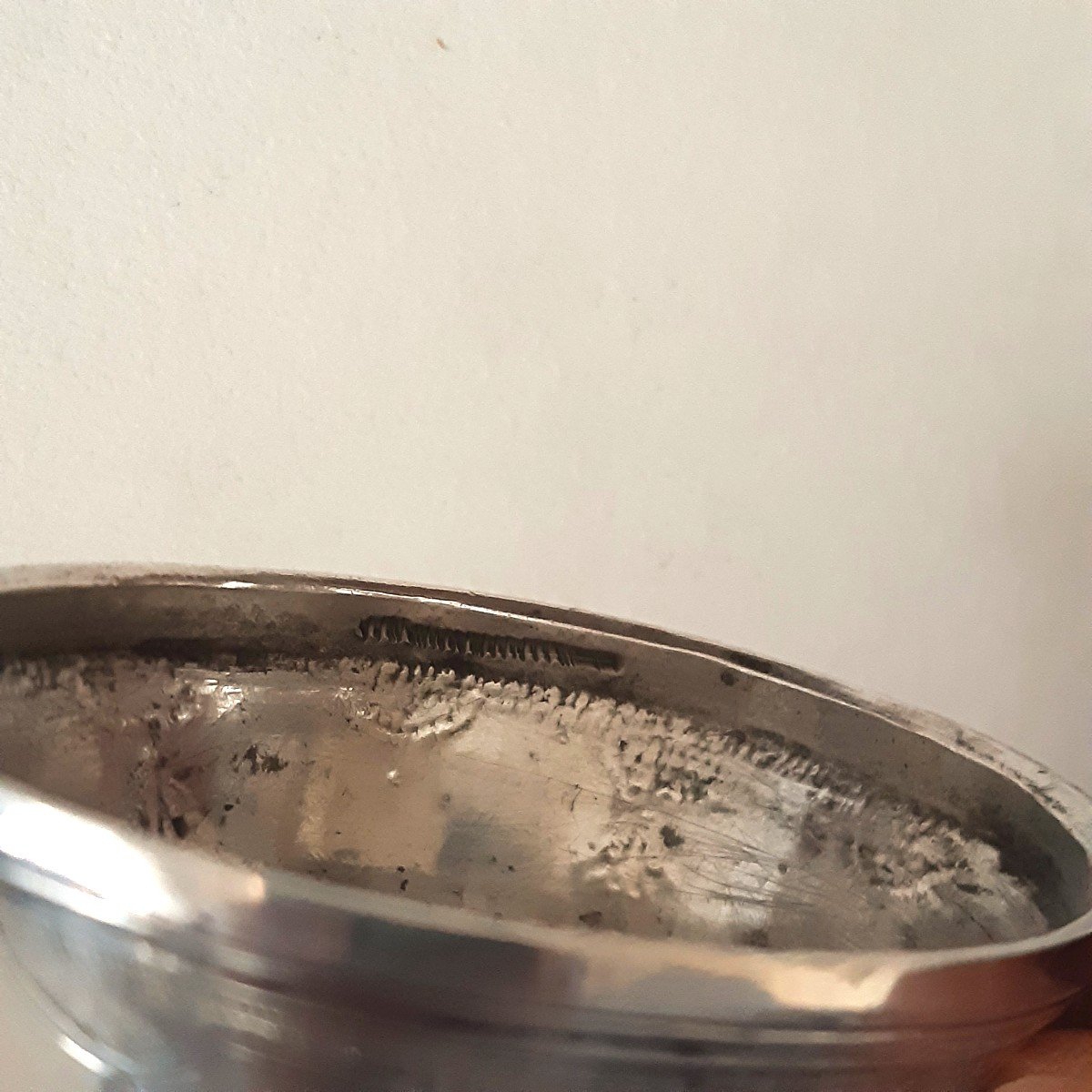
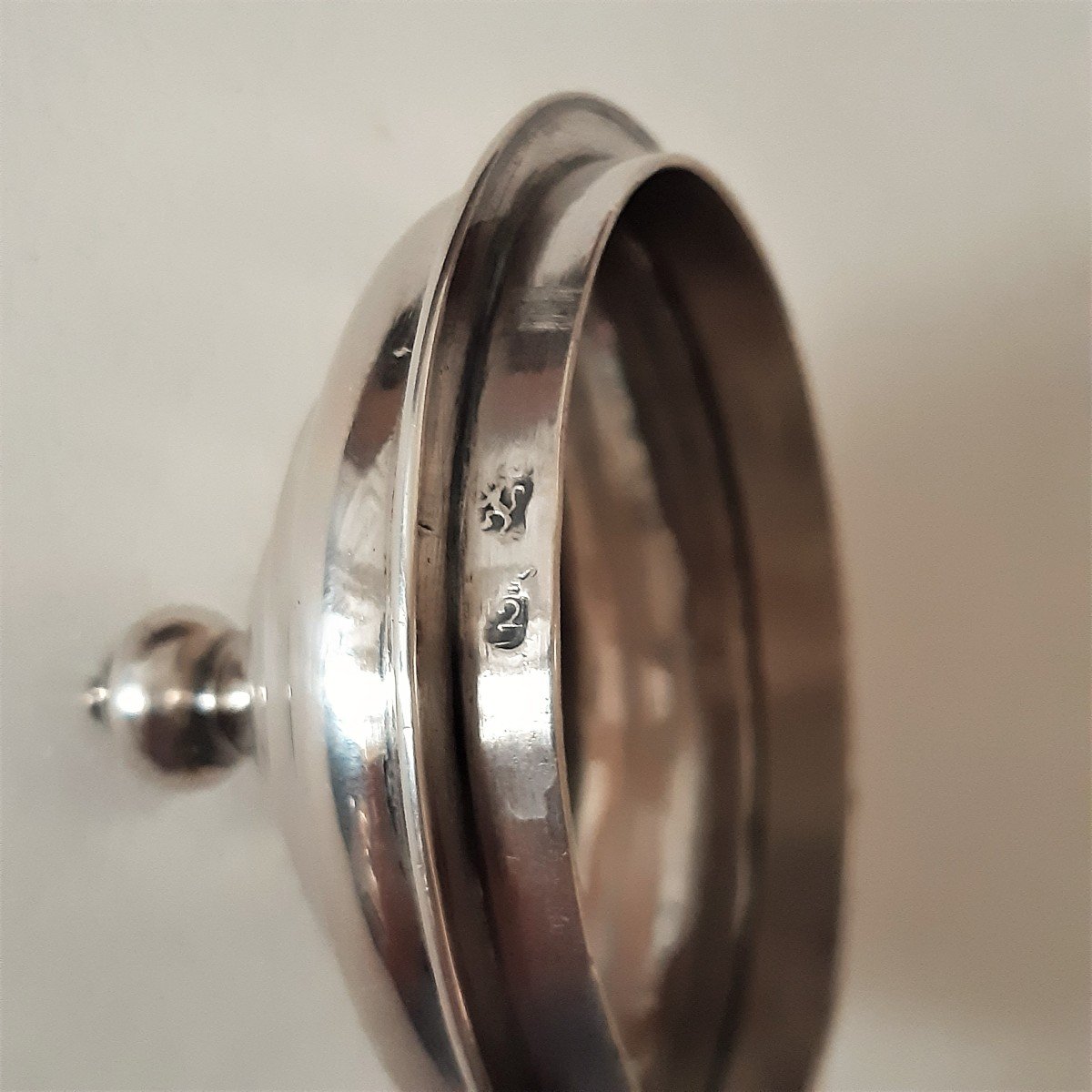












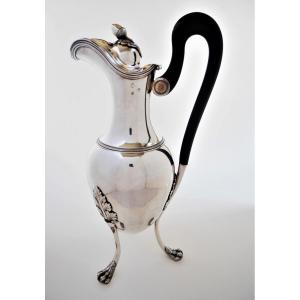
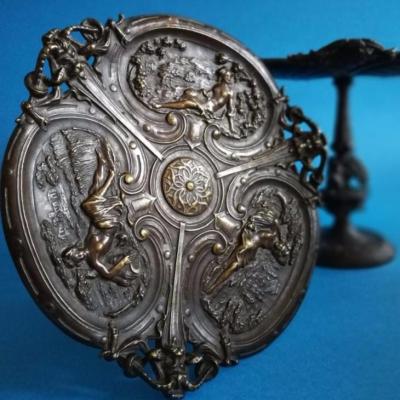

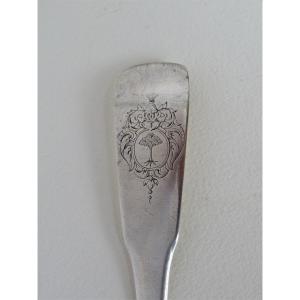
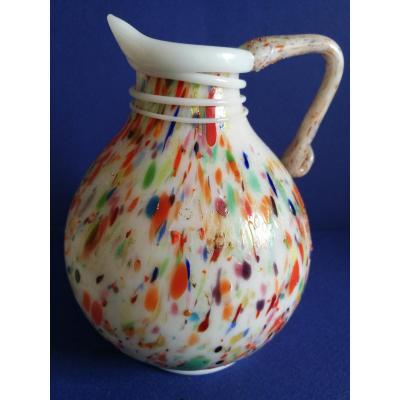
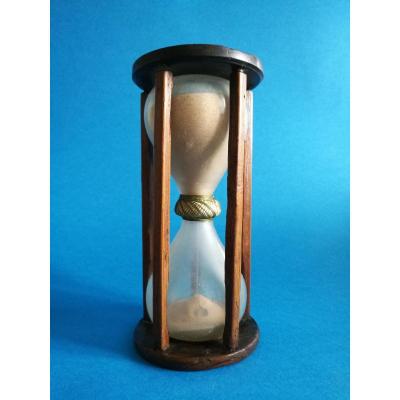
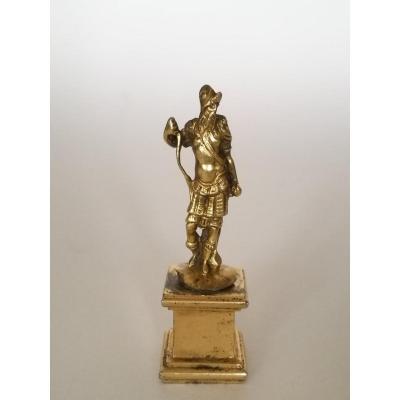
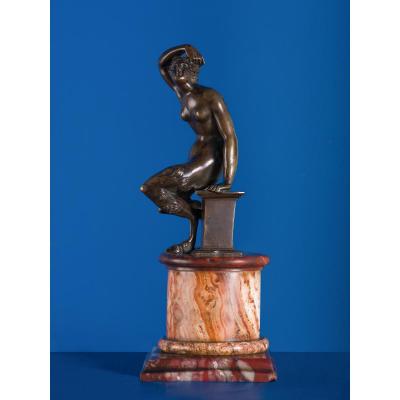
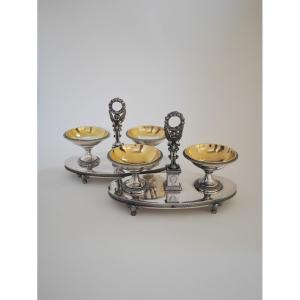

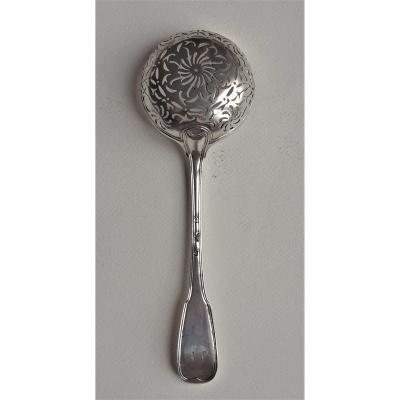

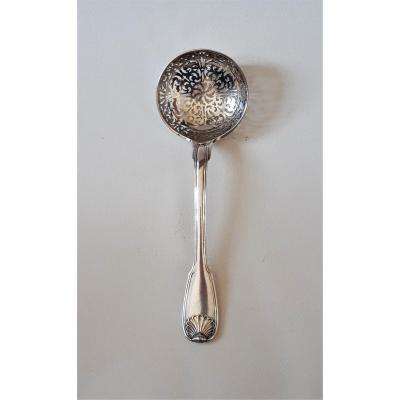
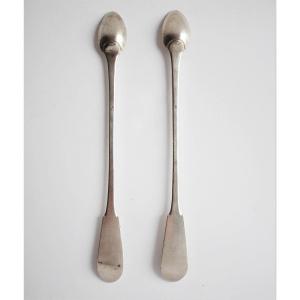
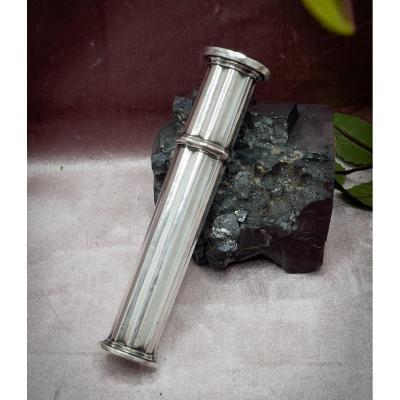

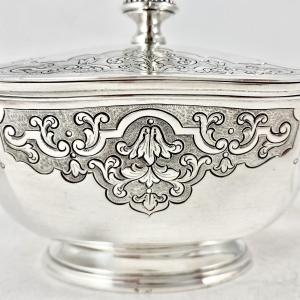

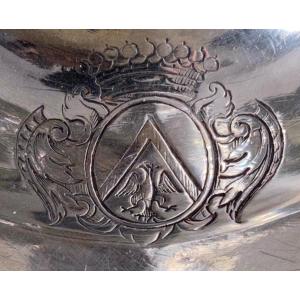



 Le Magazine de PROANTIC
Le Magazine de PROANTIC TRÉSORS Magazine
TRÉSORS Magazine Rivista Artiquariato
Rivista Artiquariato